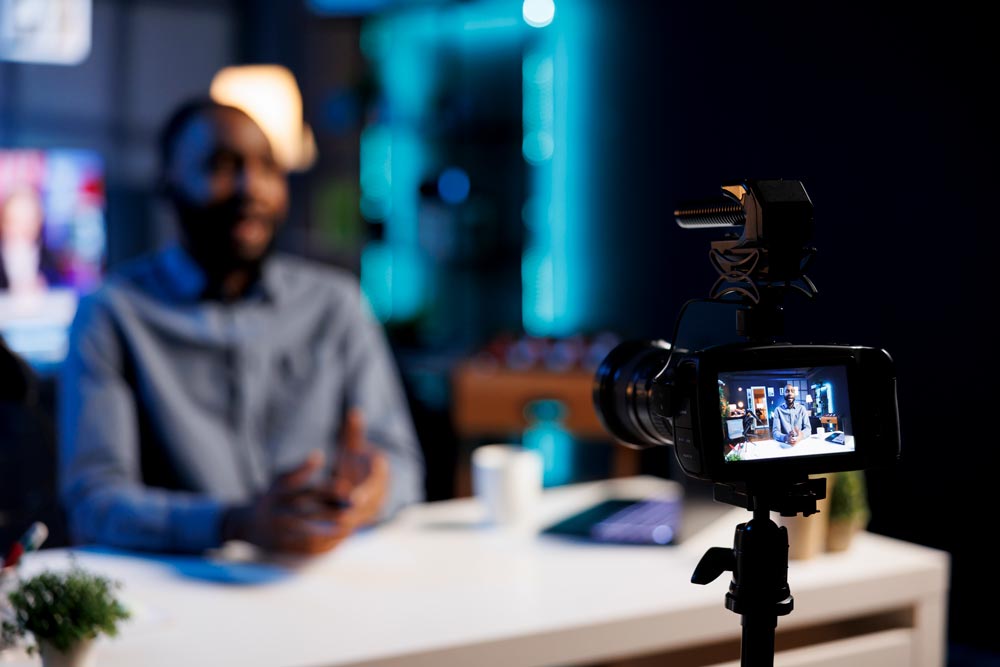Imagine buying a digital artwork online for a reasonable price and then getting a unique digital token called non-fungible tokens, which shows that you own the artwork. This token proves that you own the artwork. Isn’t it great? NFTs are taking the world of digital art and collectibles by storm right now. When everyone thought Bitcoin was the digital answer to money, NFTs are now being pushed as the digital solution to collectibles. Digital artists see their lives change because of huge sales toward a new crypto-audience for NFT art.
What Is NFT (Non-Fungible Token)?
Kind of like the web itself is old, so are non-fungible tokens (NFTs). They are a new way to solve a problem that has been around for a long time: the endless replication of digital information on the web. A few clicks can make it easy to copy or move bits, files, and pixels around. This means analog concepts like ownership and originality fall by the wayside, as anyone who started working in the music industry, knows throughout the heyday of Napster.
This kind of token uses blockchain technology to authenticate and verify the ownership of a specific digital object. Blockchains are the same underlying technology that supports a multitude of digital currencies, including bitcoin. NFTs are one-of-a-kind, even if the file that goes with them can be copied. Even if the file can be used to make copies of other NFTs. Bitcoin is like the “Mona Lisa.” An NFT art is like the “Mona Lisa,” too. Anyone may purchase a replica of the “Mona Lisa,” but the Louvre has just one original.
How NFTs work
Many NFTs are made and stored on the Ethereum network. Other blockchains, like Flow and Tezos, can also use NFTs. Due to the transparency of the blockchain, anyone can check the ownership of an NFT and track it back to its original owner. NBA Top Shots is one of the most known NFT marketplaces. This service allows users to “tokenize” various digital goods, including artwork, game items, and video clips from live broadcasts. The digital item file size makes no difference because it isn’t part of the blockchain.
The copyright or licensing rights might not emerge with the NFT you buy, but that’s not always the case. Like when you buy a limited-edition print, it doesn’t mean that you own the image. As the technology and concept behind NFTs improve, they could be used for things that aren’t just in the art world. For example, a school may give an NFT to graduates, allowing companies to validate an applicant’s education readily. Or a venue may use NFTs to monitor and sell event tickets, reducing resale fraud.
How to Buy NFT
To buy NFT, you must first create a digital wallet for your cryptocurrency. Metamast, Binance, and Coinbase are some of the companies you can use to connect to the market where you want to buy NFTs Following are some of the best platforms to consider:

Foundation
To join the platform, a user must be invited by another user already a member.
Visit Foundation >

Nifty Gateway
An art market that works with big brands, athletes, and artists.
Visit Nifty Gateway >

OpenSea
OpenSea NFT is one of the earliest and most significant markets for NFTs on various collectibles.
Visit OpenSea >

Rarible
Provides a variety of NFTs with a focus on art. It uses its token, RARI, to reward members for being a part of the group.
Visit Rarible >

SuperRare
A place where people can buy and sell digital art.
Visit SuperRare >
Conclusion
Non-fungible tokens focus the developer community’s attention on the minting and NFT tokenization companies. Collectors show a lot of interest in getting digital things. Starting an NFT firm is a potential endeavor and an innovative idea for entrepreneurs.









